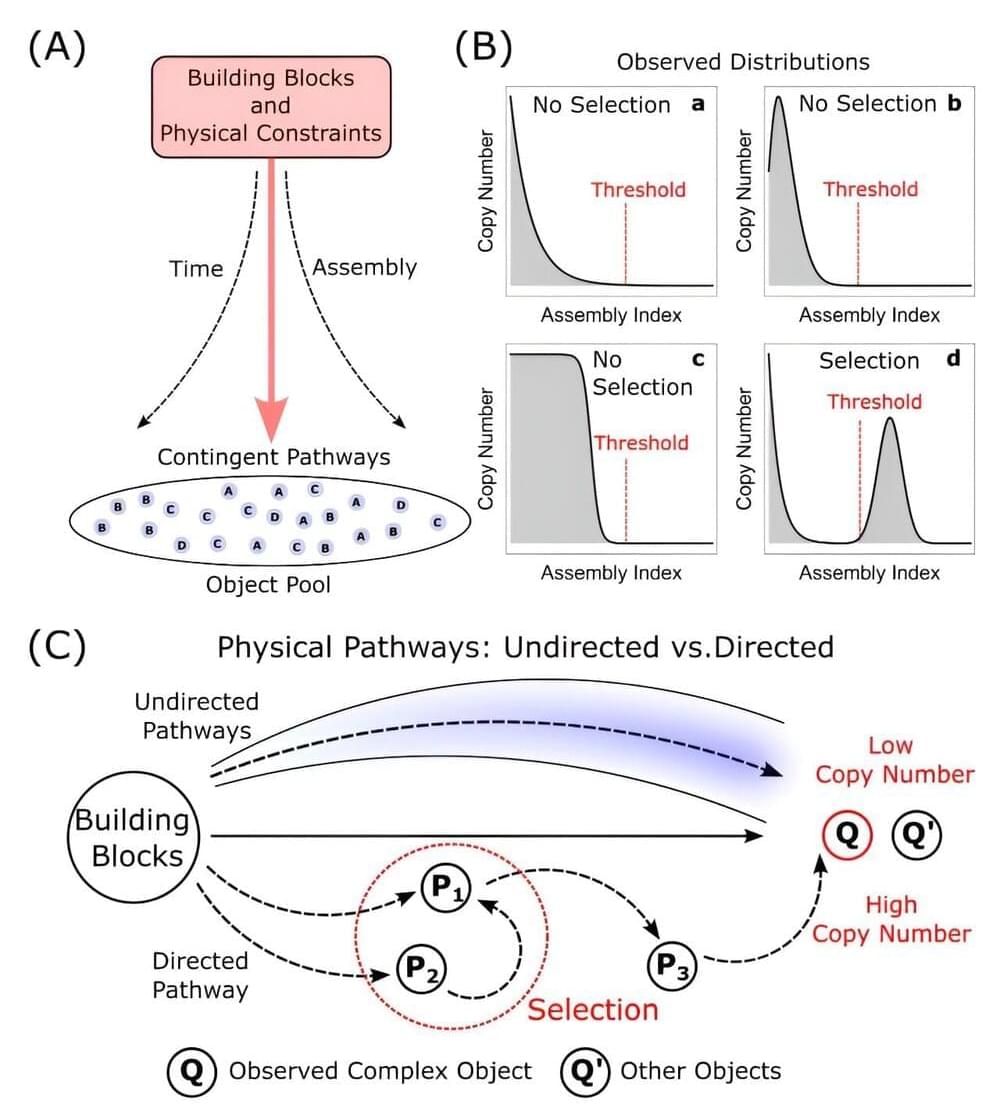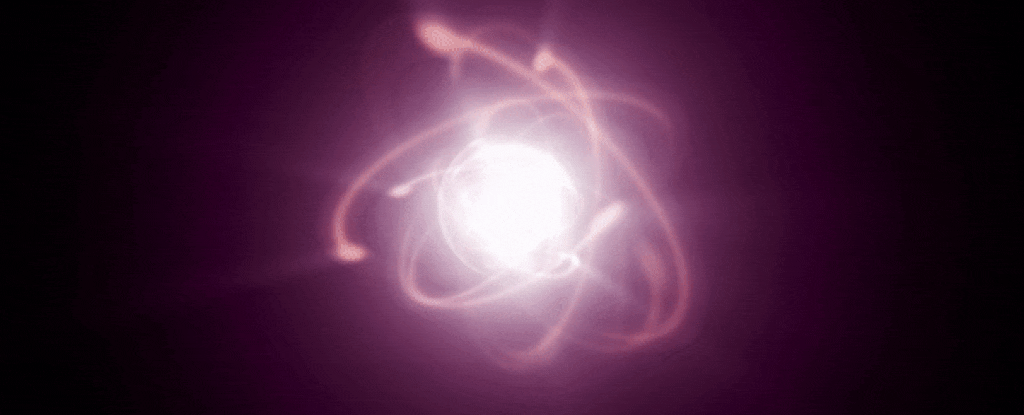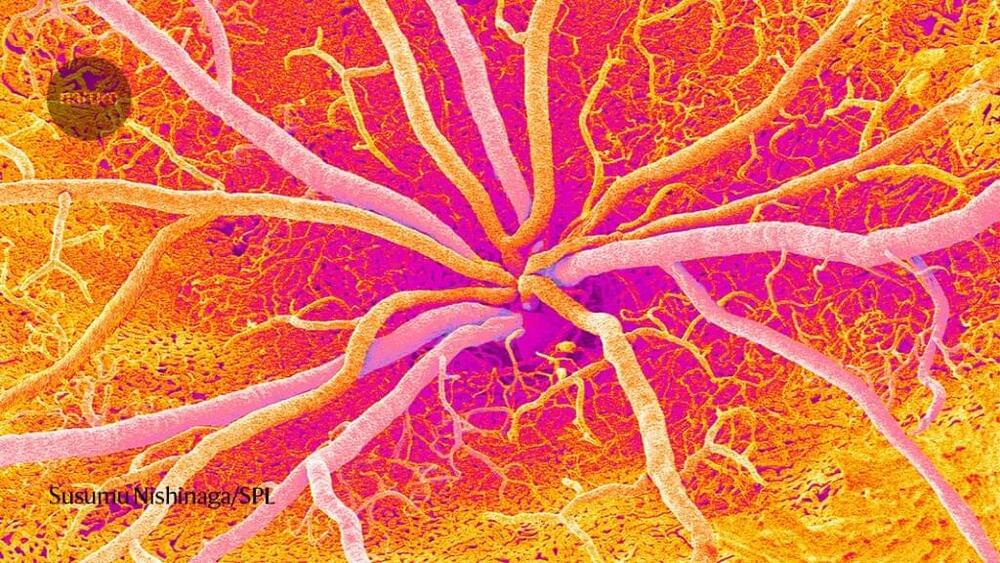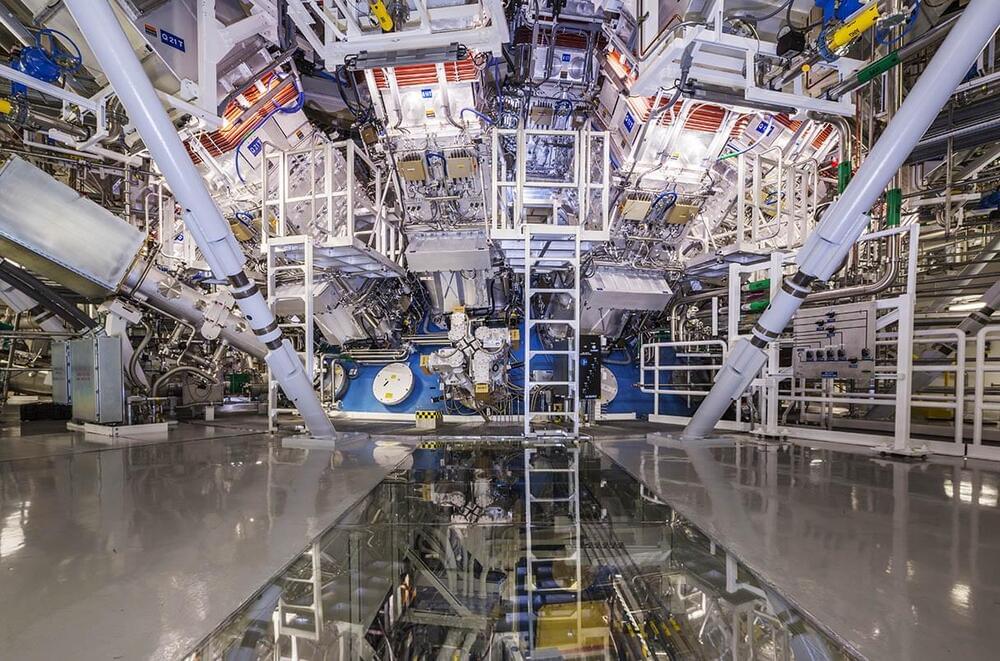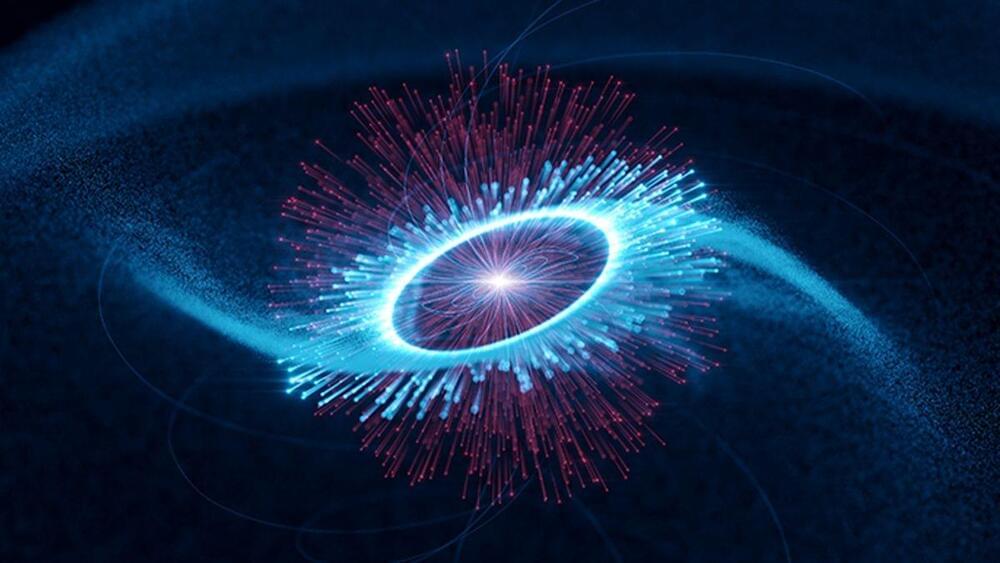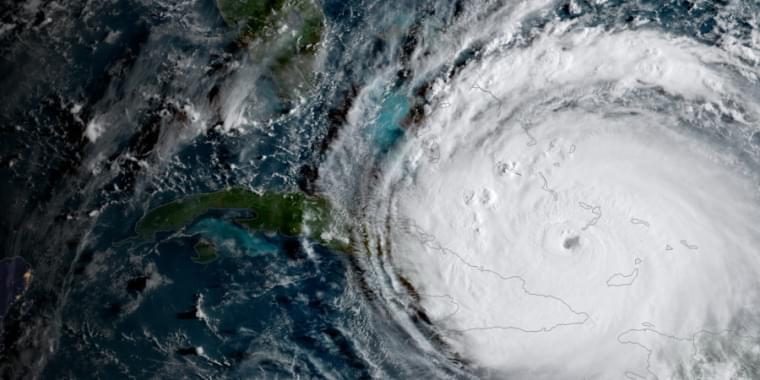To make its weather predictions, it analyzes 60 million daily observations from satellite, aircraft, and ground-based reports, using what we know about atmospheric physics to determine what the weather is likely to be like across the globe over the next 15 days.
This can literally save lives — if people know in advance that hurricanes or winter storms are heading their way, they can take action to prepare — but because the model is so complex, it must be run on a supercomputer over the course of several hours, which also makes it expensive.
The AIs: AI-based weather forecasting models are starting to catch up with traditional ones, like the European Model.


